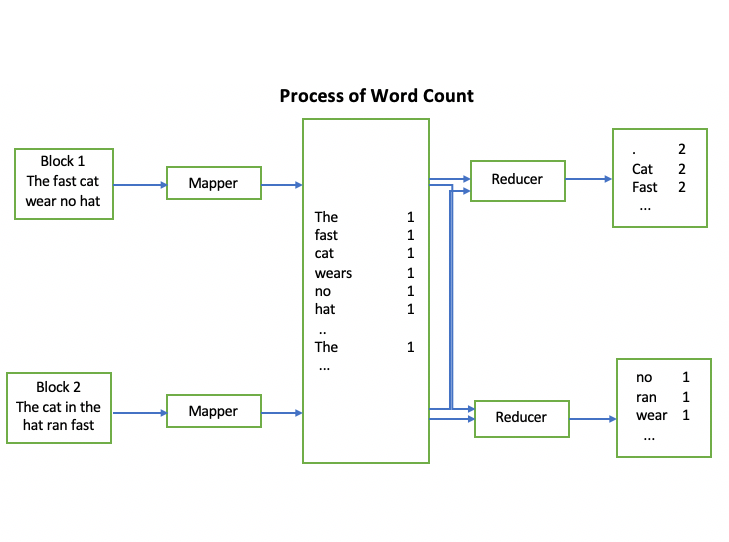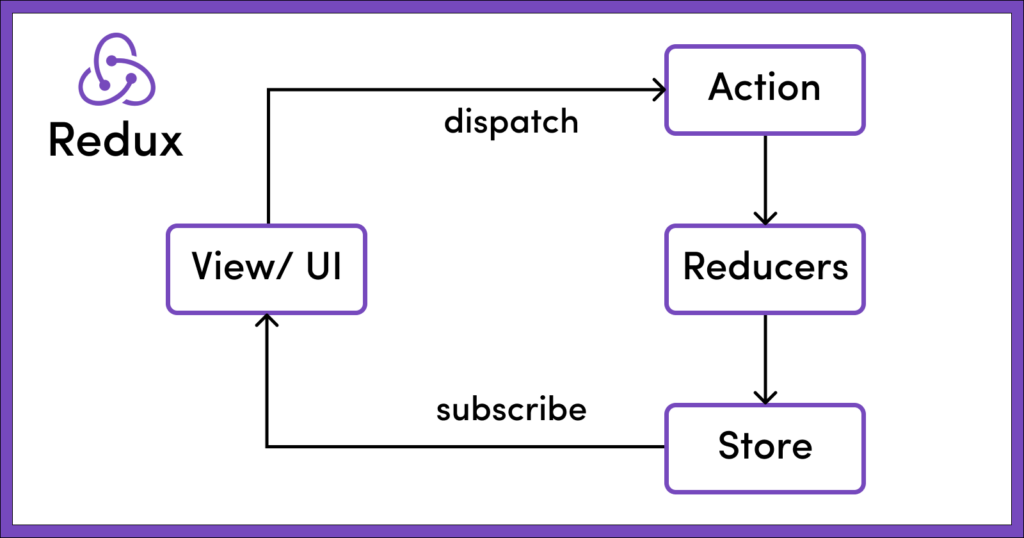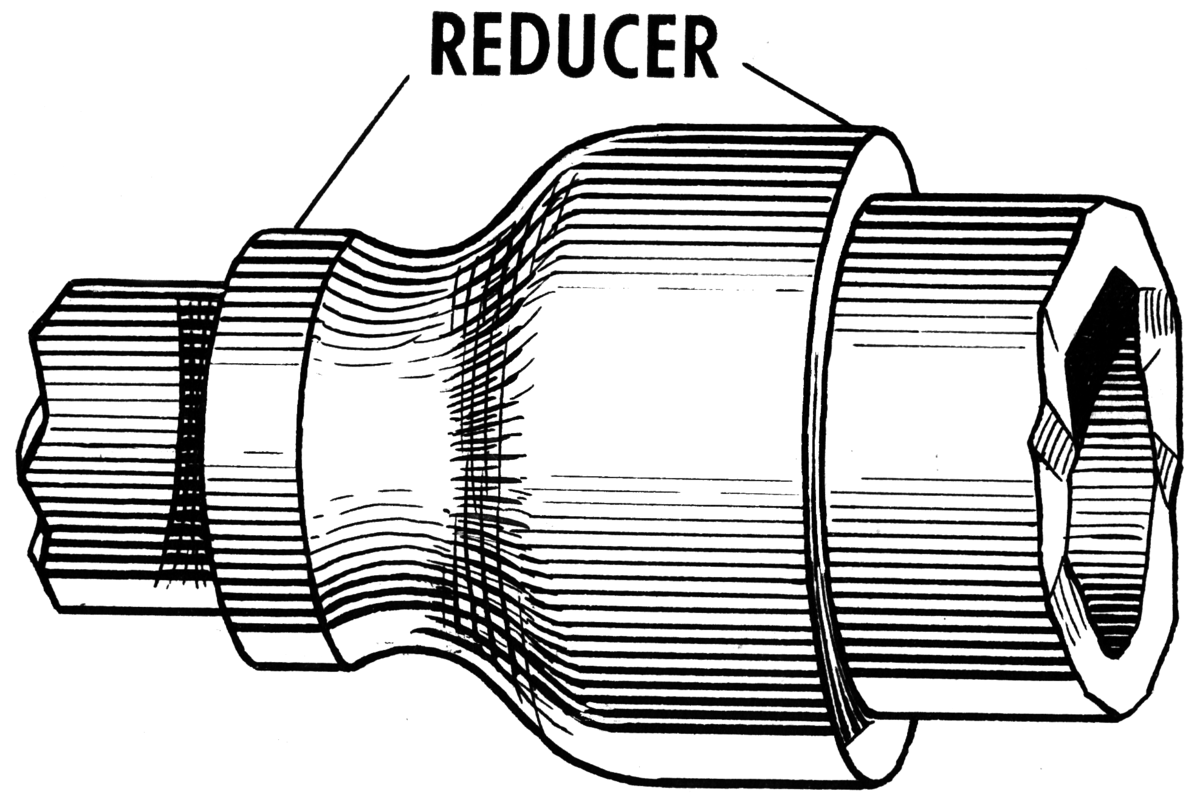Introduction:
In the world of web development, reducers are an essential part of modern front-end frameworks like React. They help developers manage state changes in a predictable and scalable way. In this blog post, we will explore what reducers are, how they work, and how they can be used to build robust and maintainable web applications.
What are reducers?

A reducer is a pure function that takes in an action and the current state of an application and returns a new state. Reducers are a fundamental concept in the Redux library, which is used for managing state in React applications. However, reducers can be used in other contexts as well.
Reducers are called “reducers” because they reduce a collection of values (the current state) into a single value (the new state). Reducers are often used in combination with actions, which are plain JavaScript objects that describe what happened in an application. When an action is dispatched, it is passed to a reducer along with the current state, and the reducer returns a new state.
How do reducers work?

Reducers are pure functions, which means that they do not produce side effects and always return the same output for a given input. The input to a reducer is an action object and the current state of the application. The output is a new state object.
Here is an example of a reducer function that takes in an action and the current state of an application and returns a new state:
pfCopy
function counterReducer(state = { count: 0 }, action) {
switch (action.type) {
case 'INCREMENT':
return { count: state.count + 1 };
case 'DECREMENT':
return { count: state.count - 1 };
default:
return state;
}
}
In this example, the reducer takes in an action object and the current state of the application, which is an object with a count property set to 0. The reducer then returns a new state object with the count property incremented or decremented based on the action type.
The benefits of using reducers
Reducer provide several benefits for managing state in web applications:
- Predictable state changes: Reducer ensure that state changes are predictable and easy to reason about. Since reducers are pure functions, they always return the same output for a given input. This makes it easy to understand how state changes based on the actions dispatched in an application.
- Centralized state management: Reducer provide a centralized way to manage state in an application. By using a single store to hold the state of an application, it becomes easier to reason about and maintain the application over time.
- Scalability: Reducer makes it easy to scale an application by breaking it down into smaller pieces. Each reducer can manage a specific part of the application state, making it easier to add new features or make changes without affecting the rest of the application.
Examples of reducers in action
Here are some examples of how reducers can be used in real-world web applications:
- Shopping cart: A shopping cart in an e-commerce application can be managed using a reducer. The reducer can keep track of the items in the cart and the total price of the cart. When a user adds an item to the cart or removes an item from the cart, the reducer can update the state of the application accordingly.
- Authentication: Authentication state (whether a user is logged in or not) can be managed using a reducer. When a user logs in or logs out, the reducer can update the state of the application accordingly.
Best practices for using reducers
Here are some best practices for using reducer in web applications:
- Keep reducer small and focused: Each reducer should manage a specific part of the application state. By keeping reducer small and focused, it becomes easier to reason about and maintain the application over time.
- Use immutable data structures: To ensure that reducers are pure functions, it is important to use immutable data structures when updating state. Immutable data structures cannot be changed once they are created, which ensures that reducer always return a new state object.
- Write tests for reducer: To ensure that reducers are working correctly, it is important to write tests for them. Tests can ensure that reducer always return the expected output for a given input.
Conclusion:

Reducer is an essential part of modern web development, especially in the React ecosystem. They provide a predictable and scalable way to manage state in web applications. By using reducers, developers can ensure that their applications are maintainable and easy to reason about over time.
FAQs:
Q1. What is a reducer in React?
Ans. A reducer in React is a pure function that takes in an action and the current state of an application and returns a new state. It is a fundamental concept in the Redux library, which is used for managing state in React applications.
Q2. What is the difference between a reducer and an action in Redux?
Ans. An action is a plain JavaScript object that describes what happened in an application, while a reducer is a function that takes in an action and the current state of an application and returns a new state. Actions are used to describe the changes that should be made to the state, while reducers actually make the changes.
Q3. How do reducer makes state changes predictable?
Ans. Reducer makes state changes predictable by ensuring that they are always pure functions. Pure functions always return the same output for a given input, which makes it easy to understand how state changes based on the actions dispatched in an application.
Q4. Can reducer be used outside of React?
Ans. Yes, reducer can be used outside of React. While they are commonly used in React applications with Redux, reducers can be used in other contexts as well.
Q5. How do reducer help with centralized state management?
Ans. Reducers provide a centralized way to manage state in an application by using a single store to hold the state of an application. This makes it easier to reason about and maintain the application over time.
Q6. What are some examples of applications that can use reducer?
Ans. Applications that can use reducers include e-commerce applications (for managing shopping carts), social media applications (for managing user profiles), and productivity applications (for managing task lists).
Q7. What are some best practices for using reducer?
Ans. Best practices for using reducer include keeping them small and focused, using immutable data structures to update state, and writing tests for them.
Q8. Can reducers handle asynchronous actions?
Ans. Reducers are designed to handle synchronous actions, but they can be used in combination with middleware to handle asynchronous actions.
Q9. Are there any alternatives to using reducers for state management?
Ans. Yes, there are several alternatives to using reducers for state management, including context API and local state management.
Q10. How do reducers fit into the larger architecture of a web application?
Ans. Reducers are just one part of the larger architecture of a web application. They are typically used in combination with other front-end frameworks (like React) and back-end technologies (like Node.js) to create robust and scalable web applications.























